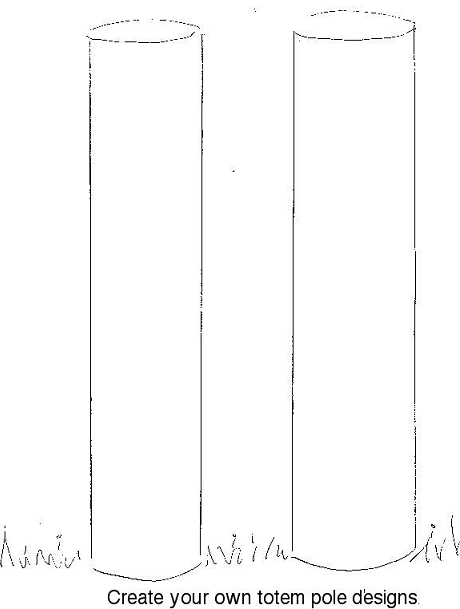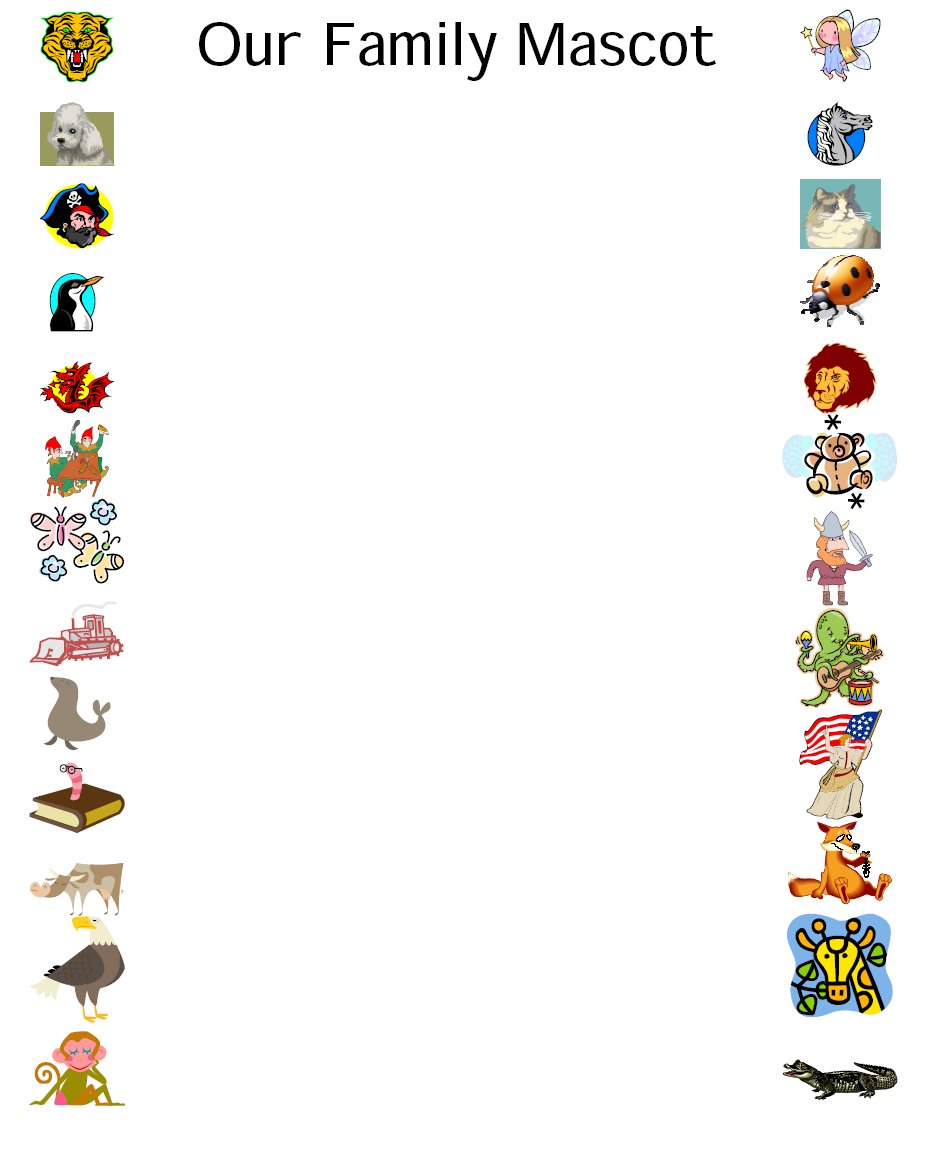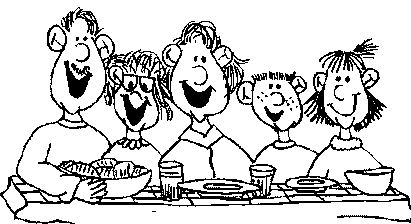
- •Module 1 There’s no place like home Characters:
- •Listening
- •Families have a great-great future
- •1. What do we call these people?
- •2. Put each of the following words in its correct place in the passage below.
- •3. Match the right description with appropriate type of family:
- •4. Enter the correct word to build expressions related to family relationships.
- •Multiple-choice quiz
- •Preposition combination
- •Iceland The Thoroddsen family
- •The simple past and the past continuous
- •In each sentence, choose the best phrase to complete the gap from the choices below (a, b, c, or d).
- •Using if
- •Summary
- •I Introduction ncrease in divorce rate
- •The way to a strong family
- •All families have strengths
- •Paragraph1
- •Time together
- •In Our Family
- •Action plan
- •Family history
- •Introduction
- •Conclusion
- •Commitment
- •In Our Family
- •Contentment
- •Caring and appreciation
- •I appreciate them because they are . . .
- •Introduction
- •Conclusion
- •Community and family ties
- •Spirituality
- •Optimism
- •Flexibility
- •Insight
- •Independence
- •Initiative
- •Family values
Family history
Strong families have a sense of family HISTORY. They have a need for connection to the past. Knowing family history provides ROOTS and a sense of belonging. Recognizing the diversity of past generations can help family members appreciate their own uniqueness at the same time they celebrate their similarities. The past influences the present. Understanding and appreciating family history keeps families connected from one generation to the next.
Family history can be promoted by:
-
telling favourite family stories
-
relating important family events
-
tracing family members who have moved away or are deceased
-
attending family gatherings and reunions
-
communicating regularly
-
sharing family history with younger family members
-
keeping family traditions alive
-
remembering and celebrating family birthdays, anniversaries, weddings and graduations.
It is never too late to begin to learn about your family history. Family history is important because it:
-
develops a sense of stability and self-esteem
-
provides a support system
-
helps to understand inherited traits
-
identifies health or medical risks
-
provides a family legacy.
Paragraph
1
set the
scene
(name,
place, time, reason)
Main
Body
Paragraph
2 preparations
Paragraph
3 description
of the actual event/activities
Paragraph
4 feelings,
comments, final thoughts
Briefly
introduce the event, stating the place, the time and the reason.
e.g. On a sunny summer day in
… there was a really memorable occasion. My family had (cooked,
celebrated, bought, did)…
Give
more detailed information concerning the preparations and the
description of the event in the main body. e.g. Weeks
before the occasion …
Finish
by describing people’s feelings or commenting on the event.
e.g. The entire event was a
huge success and everyone agreed that it was a lot of fun.![]()
Introduction
Conclusion
O
![]()
All about us
Totem Poles are symbols represent the character of each group member. Each group member chooses an animal, insect, or character to represent him or herself. Each should think about their totem and why it is meaningful to them. What marks and symbols would stand for your group? Collect things you think stand for your group. Use photos, postcards, drawings, or anything else you choose. You can even include symbols of your pet. Arrange things on the totem pole.


![]() Look
at the six statements for this task. You will hear the text about one
more family strength – commitment. If you think it’s correct, put
a tick in the box under A
for YES.
I f you think it’s nor correct, put a tick in the box under B
for NO.
Look
at the six statements for this task. You will hear the text about one
more family strength – commitment. If you think it’s correct, put
a tick in the box under A
for YES.
I f you think it’s nor correct, put a tick in the box under B
for NO.
A B
YES NO
-
Strong families are committed to helping
and promoting the happiness of each other. □ □
-
One way to build family commitment is
to practice parties. □ □
-
Commitment also comes from an active
involvement in decision-making. □ □
-
Traditions can build a feeling of stability
and safety for family members and are
important in making a family bond. □ □
-
Each person has an opportunity to share what
she/he thinks is important. □ □
-
Because these traditions have meanings
that are special to the family, they create
feelings of warmth, closeness, and specialness. □ □

